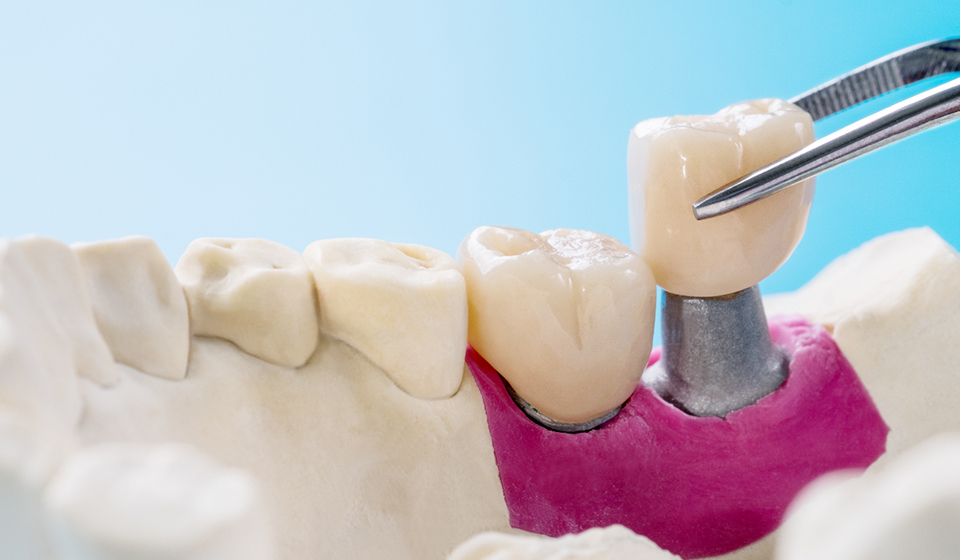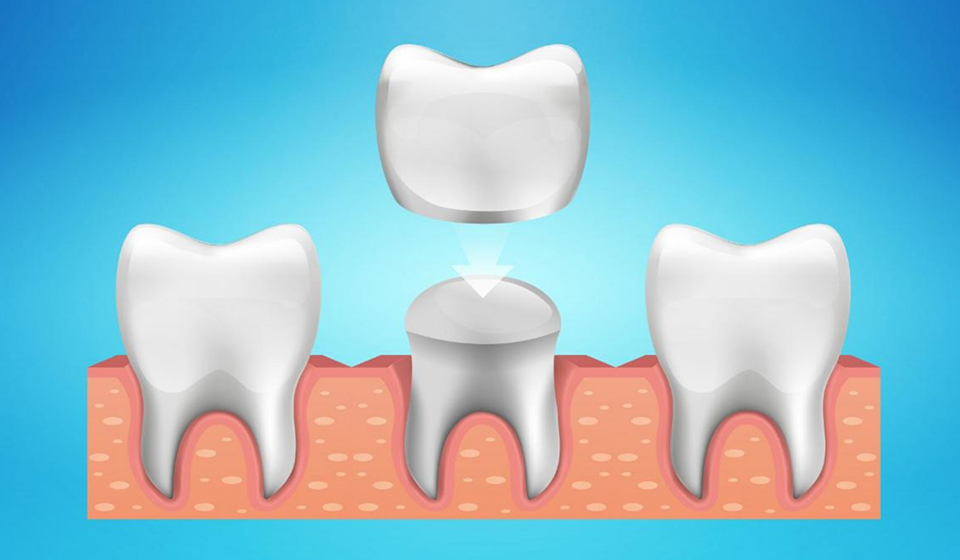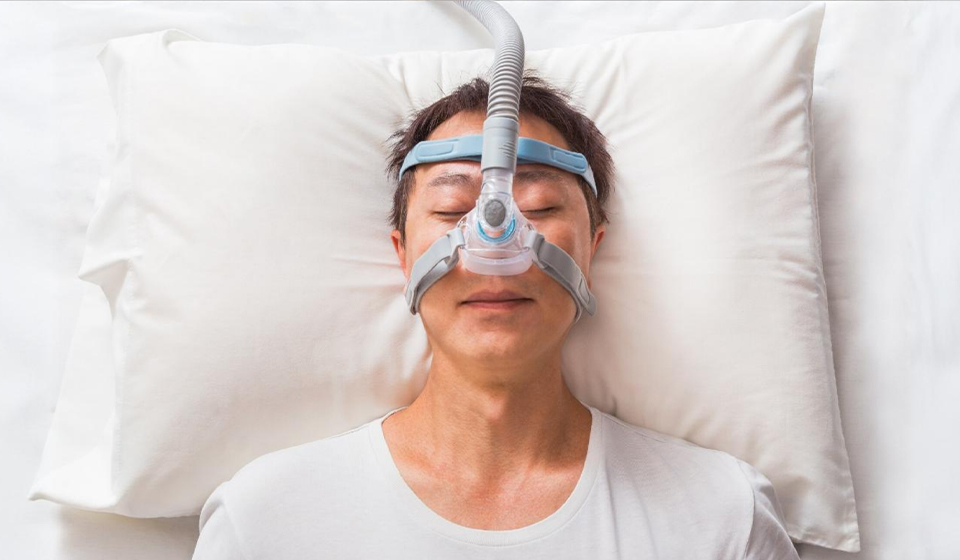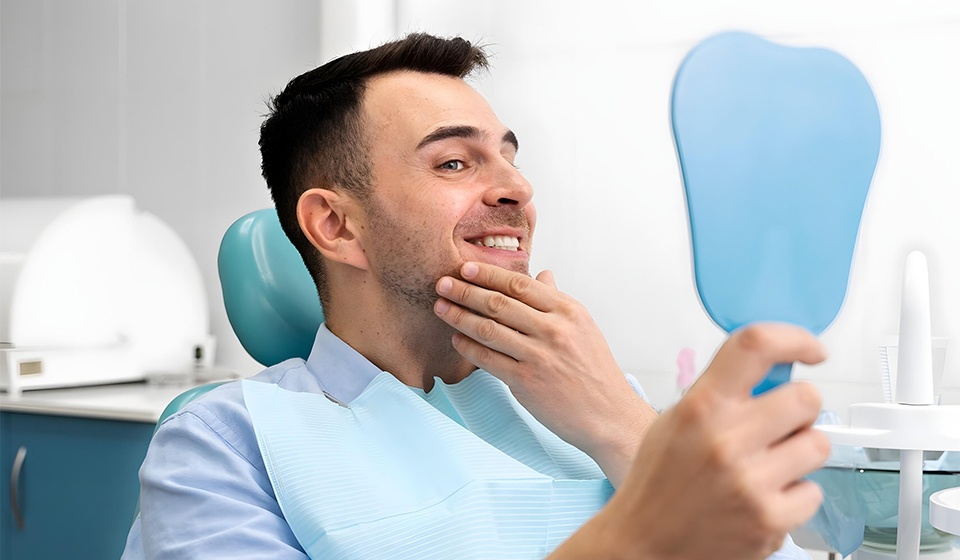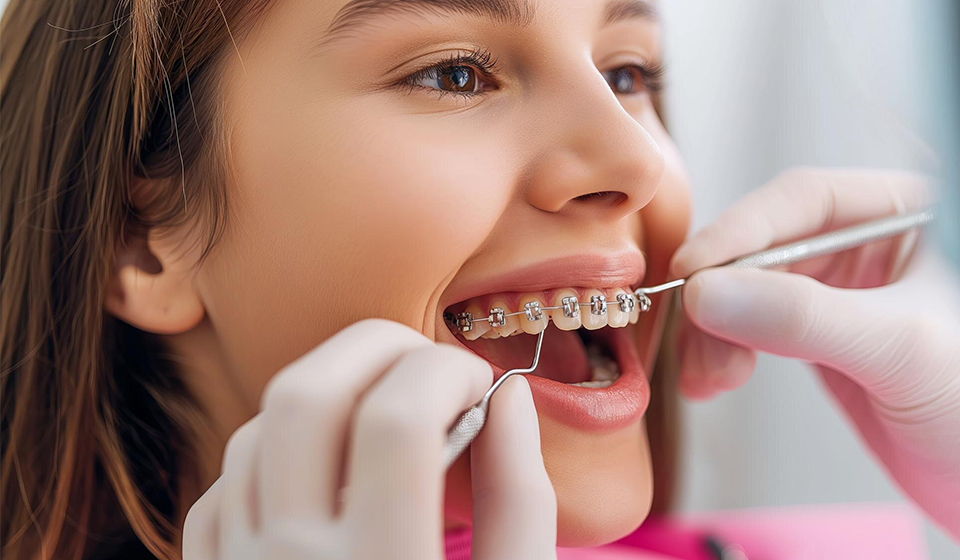A healthy smile is not just about looking good; it’s essential for your overall well-being. Your smile is one of the first things people notice, and maintaining it is key to feeling confident and healthy. If you’re in Houston and looking for expert guidance on how to preserve your oral health, Preventive Dentistry in Houston is the best place to start. Preventive dentistry focuses on proactive measures to avoid dental problems before they start, ensuring that you maintain a healthy, vibrant smile. Here are 10 essential daily habits to incorporate into your routine for maintaining a healthy smile.
1. Brush Twice a Day
Brushing your teeth is the cornerstone of oral hygiene. Make sure to brush your teeth at least twice a day—once in the morning and before bed. Use a fluoride toothpaste and a soft-bristled toothbrush to clean every surface of your teeth. Brushing helps remove plaque and food particles that can lead to cavities and gum disease. Don’t rush through this process—take at least two minutes to ensure that you thoroughly clean all areas, including the back of your teeth.
2. Floss Daily
Flossing is just as important as brushing for maintaining a healthy smile. While a toothbrush can clean the surfaces of your teeth, it can’t reach between them. Flossing removes food particles and plaque buildup from between your teeth and along the gumline. Doing this once a day, preferably before bed, helps prevent cavities and gum disease. Be gentle when flossing to avoid damaging your gums.
3. Use Mouthwash
Mouthwash can complement your brushing and flossing routine by providing additional protection. Antiseptic mouthwashes help kill bacteria that cause bad breath and plaque. Additionally, some mouthwashes contain fluoride, which strengthens tooth enamel. Swish mouthwash for 30 seconds after brushing and flossing to help maintain a fresh, healthy smile.
4. Stay Hydrated
Drinking plenty of water throughout the day is not only good for your body, but it also helps keep your mouth clean. Water helps wash away food particles and bacteria, preventing plaque buildup and dry mouth, which can lead to tooth decay and gum disease. It’s especially important to drink water after meals and snacks to help maintain a clean mouth and fresh breath.
5. Limit Sugary Snacks and Drinks
Sugar is one of the main culprits behind tooth decay. When bacteria in your mouth break down sugar, they produce acids that attack tooth enamel. To keep your teeth healthy, limit your intake of sugary snacks and drinks, such as soda, candy, and pastries. If you do indulge, rinse your mouth with water afterward to minimize the damage caused by the sugars.
6. Chew Sugar-Free Gum
Chewing sugar-free gum after meals can help maintain oral health. Gum stimulates saliva production, which helps neutralize acids in the mouth and wash away food particles. Additionally, sugar-free gum contains xylitol, a natural sweetener that has been shown to reduce the growth of harmful bacteria in the mouth. This simple habit can promote healthier teeth and gums.
7. Eat a Balanced Diet
A balanced diet rich in fruits, vegetables, lean proteins, and whole grains can significantly contribute to a healthy smile. Foods like apples, carrots, and celery help clean your teeth naturally and provide essential nutrients like vitamins A and C, which promote gum health. Avoid excessive snacking, as this can lead to plaque buildup and increase the risk of cavities.
8. Wear a Mouthguard When Necessary
If you play sports or grind your teeth at night, it’s important to protect your smile. Wearing a custom mouthguard during sports activities can help prevent injuries to your teeth. Additionally, if you have bruxism (teeth grinding), a night guard can protect your teeth from the damage caused by grinding during sleep. Consult your dentist to find out which type of mouthguard is best suited for your needs.
9. Avoid Smoking and Tobacco Products
Smoking and using tobacco products can severely impact your oral health. Tobacco stains your teeth, causes bad breath, and increases the risk of gum disease, tooth loss, and oral cancer. Quitting smoking or using tobacco products is one of the best things you can do for your smile and overall health. If you need support in quitting, your dentist can provide resources and guidance.
10. Visit Your Dentist Regularly
Even if you’re diligent about your daily oral hygiene habits, regular dental check-ups are crucial for maintaining a healthy smile. Dentists can spot potential issues like cavities, gum disease, and oral cancer early, before they become serious problems. Routine cleanings also help remove plaque and tartar buildup that your toothbrush and floss can’t reach. Make sure to visit your dentist at least twice a year for a professional cleaning and check-up.
Conclusion: Trust Unident Family Dentistry In Houston for Preventive Care
Maintaining a healthy smile requires consistency and commitment to good habits. By following these 10 daily practices, you can ensure that your teeth and gums stay in excellent condition. However, preventive care is also vital in preserving your smile and preventing more serious issues down the road. That’s where Unident Family Dentistry in Houston comes in. Their experienced team specializes in preventive dentistry, providing expert care and guidance to keep your smile healthy for a lifetime.


